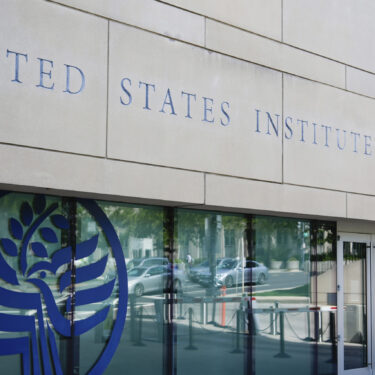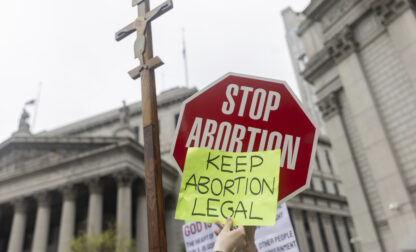Gary Fields was on duty the weekend of the late March “Friday night massacre” at the U.S. Institute of Peace—an evening when most of the staff was abruptly fired.
Washington colleague Ellen Knickmeyer had previously spoken with a source who later connected Fields to a Signal chat group where former staffers were sharing information. From there, he learned that members of the group were planning to push for an emergency court hearing, amid rumors that the Department of Government Efficiency (DOGE) had plans to further dismantle the institute.
They also tipped him off to a leadership change. Fields attended the court hearing and observed how visibly stunned the judge—and even the Institute’s own board lawyers—were when they discovered that the Institute’s headquarters and funding had already been transferred.
From there, Fields worked his sources quietly and persistently—handing out business cards at key moments, speaking off the record with insiders including acting president George Moose, and building trust with former staffers.
His reporting provided a rare and detailed view of an institution in real-time upheaval. What he initially envisioned as a tick-tock story on DOGE’s dismantling of a government agency evolved into a deeper account of institutional collapse.
When the judge ruled in favor of those challenging the firings, the story shifted dramatically. Because of his relationships and diligent reporting, Fields was invited back into the Institute’s headquarters as staffers regrouped. The near-empty building told its own story.




